Table of Contents
- 1.Understanding the Basics of Synthesizers
- 1.1. What Is a Synthesizer?
- 1.2. Key Components of a Synthesizer
- 1.3. Types of Synthesizers
- 1.4. The Role of Synthesizers in Modern Music
- 2.Getting Hands-On: Basic Synthesizer Exercises for Beginners
- 2.1. Exploring Oscillators: Creating Your First Sound
- 2.2. Using Filters: Shaping Your Sound
- 2.3. Playing with Envelopes: Controlling Sound Dynamics
- 2.4. Combining Elements: Creating a Simple Synth Patch
- 3.Introducing the DONNER MEDO: A Perfect Choice for Beginners
- 3.1. Overview of the DONNER MEDO
- 3.2. Unique Features of the DONNER MEDO
- 3.3. Why DONNER MEDO is Ideal for Beginners
- 3.4. How DONNER MEDO Enhances Learning
- 4.Sound Design: Exploring Synthesizer Sound Creation
- 4.1. Understanding Sound Waves
- 4.2. Advanced Oscillator Techniques
- 4.3. Layering Sounds: Creating Rich Textures
- 4.4. Using Effects: Adding Depth and Space
- 5.Practical Applications: Using Synthesizers in Music Production
- 5.1. Creating Melodies and Leads
- 5.2. Building Basslines
- 5.3. Adding Atmospheric Pads and Textures
- 5.4. Synthesizers in Live Performance
- 6.Synthesizer Maintenance and Care
Synthesizers are the gateway to a world of endless musical possibilities. If you’re a beginner eager to dive into the world of electronic music, understanding the basics of synthesizers is crucial. This guide is here to help you get started, introducing you to essential concepts, and even recommending a fantastic product—the DONNER MEDO—perfect for both beginners and more experienced users. Let’s explore the fascinating world of synthesizers and get you on your way to making amazing music.
---
1.Understanding the Basics of Synthesizers
To start your journey with synthesizers, it's essential to understand what a synthesizer is and how it works. Think of a synthesizer as a musical instrument that generates sound electronically. Unlike traditional instruments like guitars or pianos, synthesizers use electrical signals to create various tones, timbres, and effects.
1.1. What Is a Synthesizer?
A synthesizer is an electronic device designed to create sounds by generating and manipulating audio signals. These sounds can range from imitating traditional instruments to producing unique, otherworldly noises. Synthesizers are widely used in various music genres, from pop to electronic dance music (EDM) and film scores.
1.2. Key Components of a Synthesizer
Understanding the key components of a synthesizer is crucial for beginners. The main parts include:
- Oscillators: The heart of the synthesizer, oscillators generate sound waves that form the basis of the synthesizer's output.
- Filters: Filters shape the sound by removing certain frequencies, allowing you to create different textures and tones.
- Envelopes: Envelopes control the dynamics of the sound, such as how it starts, sustains, and ends.
1.3. Types of Synthesizers
There are different types of synthesizers available, each with its unique characteristics. Some of the common types include:
- Analog Synthesizers: These use analog circuits and components to generate sound, offering a warm and rich tone.
- Digital Synthesizers: Digital synthesizers use digital signal processing (DSP) to create sounds, providing a vast range of tones and effects.
- Modular Synthesizers: Modular synths are customizable, allowing users to build their setup by connecting various modules.
1.4. The Role of Synthesizers in Modern Music
Synthesizers have become a cornerstone of modern music production. They are used in virtually every genre to create unique sounds, enhance melodies, and add layers of complexity to compositions. Understanding how to use a synthesizer opens up a world of creative possibilities.
2.Getting Hands-On: Basic Synthesizer Exercises for Beginners
Now that you have a basic understanding of synthesizers, it's time to get hands-on. These exercises are designed to help you familiarize yourself with your synthesizer and start creating music right away.
2.1. Exploring Oscillators: Creating Your First Sound
Start by experimenting with oscillators. Select a waveform—sine, square, sawtooth, or triangle—and listen to how each one sounds. Try adjusting the pitch and modulation settings to hear how the sound changes.
2.2. Using Filters: Shaping Your Sound
Next, apply a filter to your sound. Start with a low-pass filter and gradually lower the cutoff frequency. Notice how the sound becomes warmer and less bright. Experiment with resonance to add a sharper edge to your tone.
2.3. Playing with Envelopes: Controlling Sound Dynamics
Move on to the envelope controls. Adjust the attack, decay, sustain, and release (ADSR) settings to shape how your sound evolves over time. Try creating a slow, swelling pad sound or a quick, punchy bass.
2.4. Combining Elements: Creating a Simple Synth Patch
Finally, combine all the elements—oscillators, filters, and envelopes—to create a simple synth patch. Save your patch if your synthesizer allows it, so you can return to it later and continue refining your sound.
3.Introducing the DONNER MEDO: A Perfect Choice for Beginners
As you start exploring synthesizers, choosing the right instrument is key. The DONNER MEDO is an excellent choice for beginners, offering a perfect balance of ease of use and powerful features.
3.1. Overview of the DONNER MEDO
The DONNER MEDO is a highly anticipated, innovative music device that caters to both beginners and advanced users. It’s designed to make the process of creating music enjoyable and accessible to everyone, regardless of their skill level.
3.2. Unique Features of the DONNER MEDO
What sets the DONNER MEDO apart from other synthesizers? Here are some of its standout features:
- No App Required: Unlike many modern devices, the DONNER MEDO allows you to record sound in just 5 seconds without needing any additional applications.
- Powerful Motor: The device is equipped with a strong motor that delivers clear, high-quality recordings.
- Portability: Compact and lightweight, the DONNER MEDO can be easily carried anywhere, allowing you to capture sound wherever inspiration strikes.
- Versatility: Suitable for users of all levels, the DONNER MEDO is designed to make sound recording easy and effective, whether you’re a beginner or an expert.
- Additional Functions: The device offers extra features like a looper, RGB lighting effects, drums, chords, and bass functions, making your recordings more dynamic and fun.
3.3. Why DONNER MEDO is Ideal for Beginners
The DONNER MEDO’s user-friendly design and intuitive controls make it an ideal choice for beginners. Its simplicity doesn’t compromise its capabilities, making it a great tool for learning and experimenting with sound.
3.4. How DONNER MEDO Enhances Learning
With its powerful features and ease of use, the DONNER MEDO helps beginners grasp the basics of sound synthesis and recording quickly. Its portability and versatility mean you can practice and create music anywhere, anytime.
4.Sound Design: Exploring Synthesizer Sound Creation
Once you're comfortable with the basics, you can dive deeper into sound design. This is where the true creativity of synthesizers shines.
4.1. Understanding Sound Waves
Sound waves are the building blocks of synthesizer sounds. By understanding the different types of waves—sine, square, triangle, and sawtooth—you can start crafting the unique tones that define your music.
4.2. Advanced Oscillator Techniques
As you become more familiar with your synthesizer, try experimenting with advanced oscillator techniques. Syncing multiple oscillators, using frequency modulation (FM), or applying ring modulation can produce complex and interesting sounds.
4.3. Layering Sounds: Creating Rich Textures
Layering is a powerful technique in sound design. By combining multiple sounds, each with its own settings and effects, you can create rich, textured sounds that stand out in your compositions.
4.4. Using Effects: Adding Depth and Space
Effects like reverb, delay, and chorus can add depth and space to your sounds, making them feel larger and more immersive. Experiment with these effects to enhance your patches and create a unique sonic landscape.
5.Practical Applications: Using Synthesizers in Music Production
Synthesizers are versatile instruments that can be used in various aspects of music production. Whether you’re producing a full track or just adding some extra flavor, synthesizers have a place in your studio.
5.1. Creating Melodies and Leads
One of the most common uses of synthesizers is for creating melodies and leads. With their wide range of sounds, synthesizers can produce anything from bright, catchy leads to haunting, ethereal melodies.
5.2. Building Basslines
Synthesizers are also perfect for crafting basslines. Whether you’re after a deep, rolling bass or a sharp, punchy one, a synthesizer can provide the sound you need to drive your track.
5.3. Adding Atmospheric Pads and Textures
Pads and textures add atmosphere and emotion to a track. By using a synthesizer, you can create lush, evolving pads that fill out your mix and add a sense of depth.
5.4. Synthesizers in Live Performance
Synthesizers are not just for the studio—they’re also powerful tools for live performance. Many synthesizers, including the DONNER MEDO, offer features like loopers and effects that can enhance your live sets.
6.Synthesizer Maintenance and Care
Taking care of your synthesizer is essential to ensure it stays in good working condition and continues to inspire your creativity.
6.1. Cleaning Your Synthesizer
Regular cleaning is important to keep your synthesizer free from dust and dirt. Use a soft, dry cloth to wipe down the surface and knobs, and avoid using harsh chemicals that could damage the finish.
6.2. Updating Firmware
If your synthesizer has firmware, keeping it updated is crucial. Firmware updates often include new features, bug fixes, and improvements that enhance the performance of your instrument.
6.3. Storing Your Synthesizer
When not in use, store your synthesizer in a cool, dry place. Avoid exposing it to extreme temperatures or moisture, which can cause damage to the internal components.


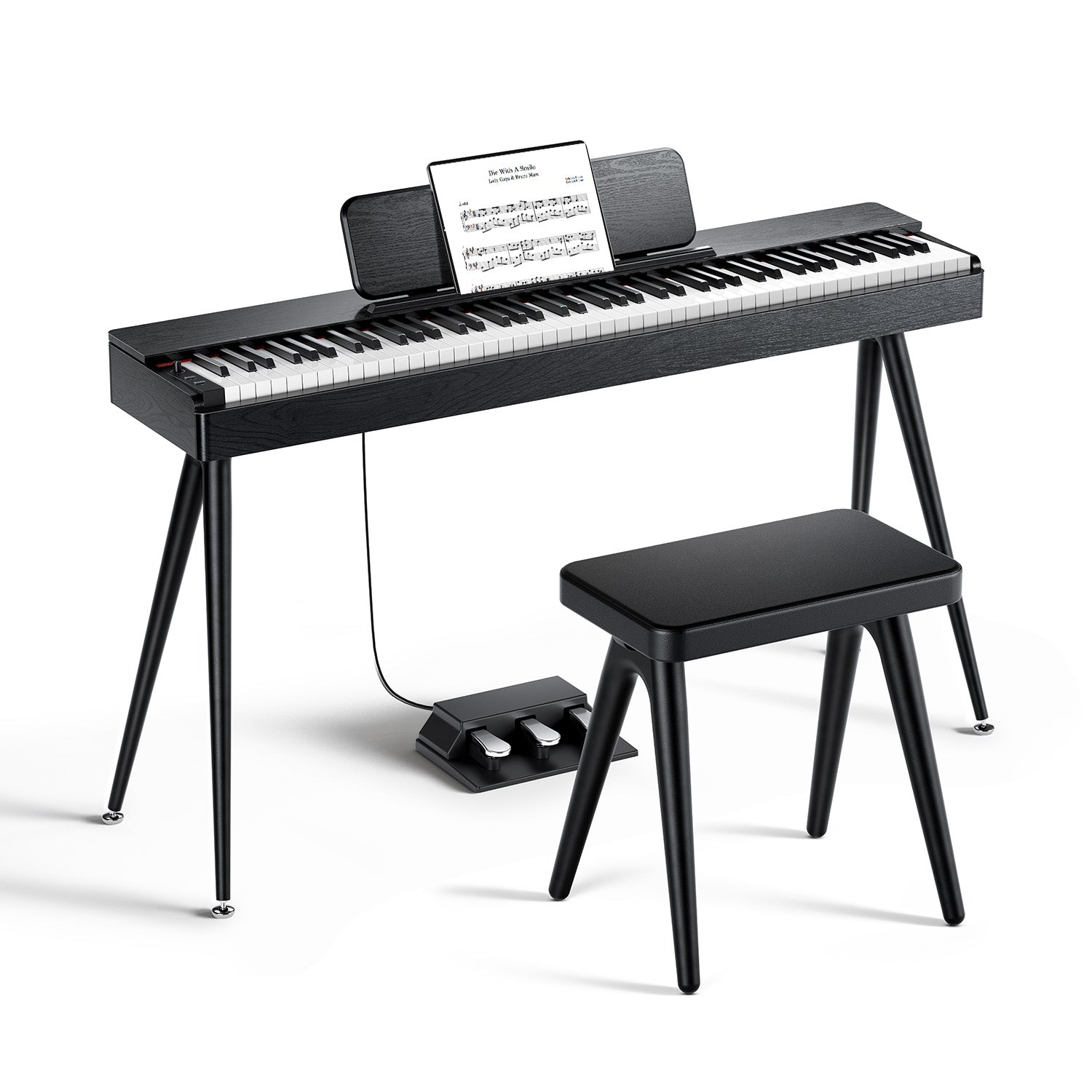
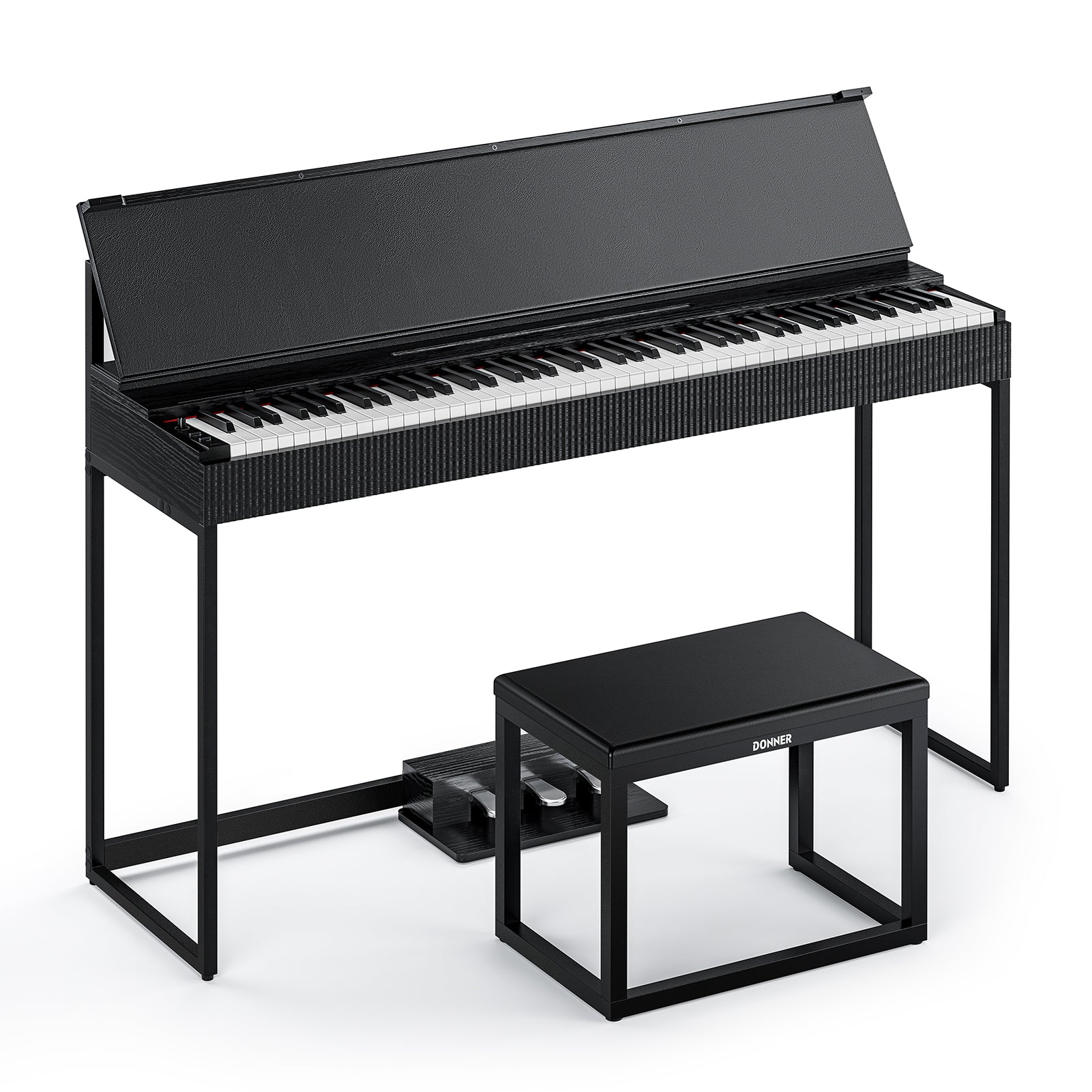


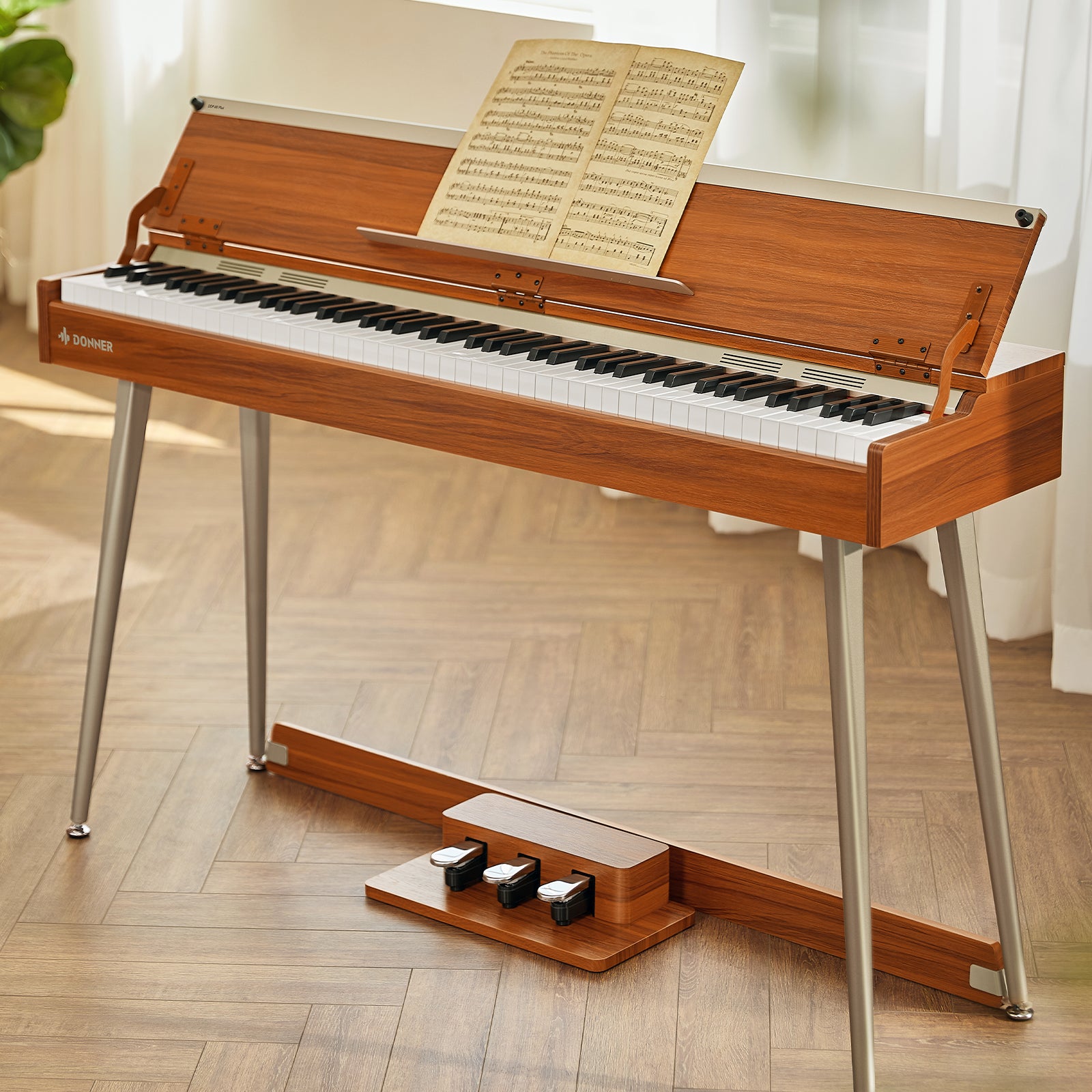



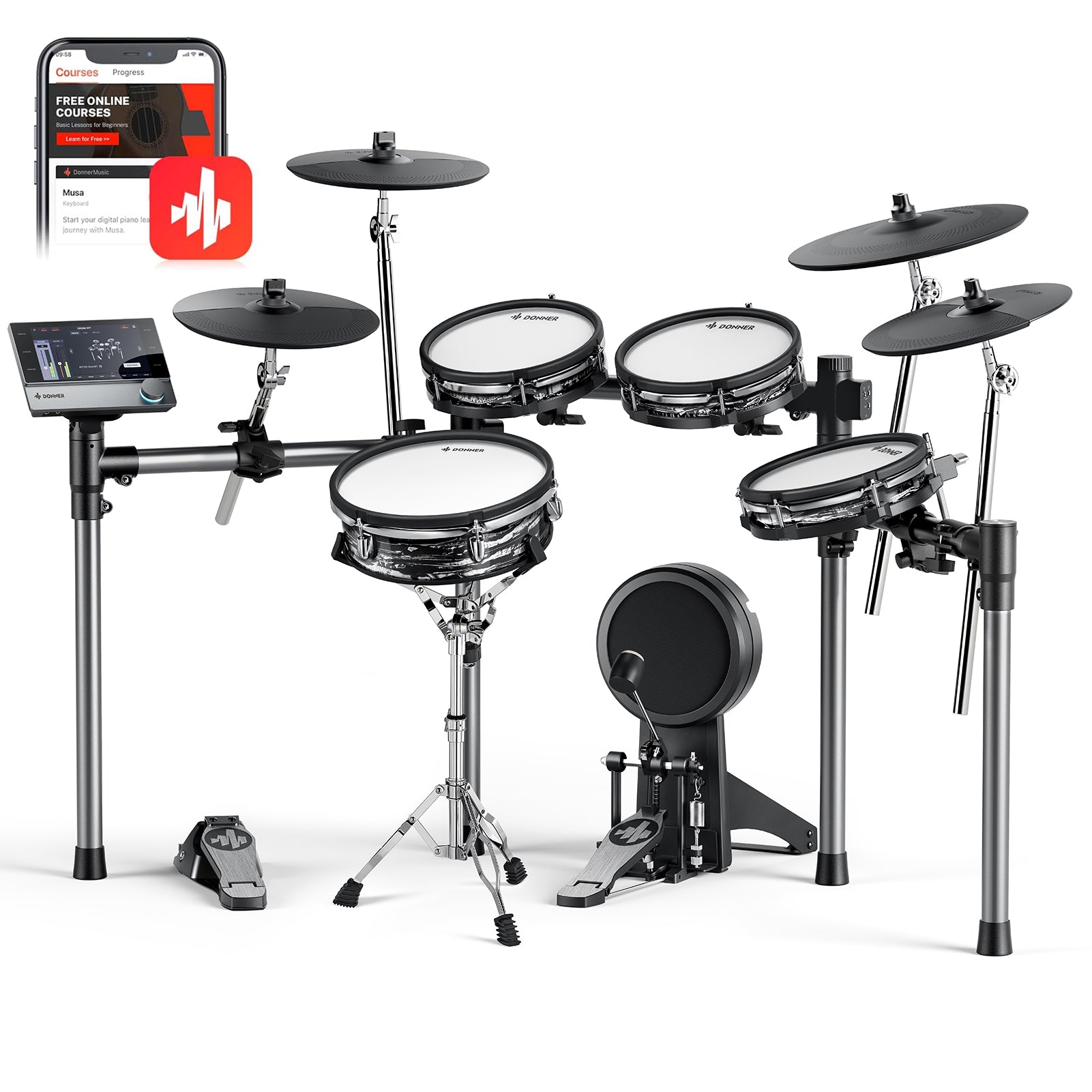



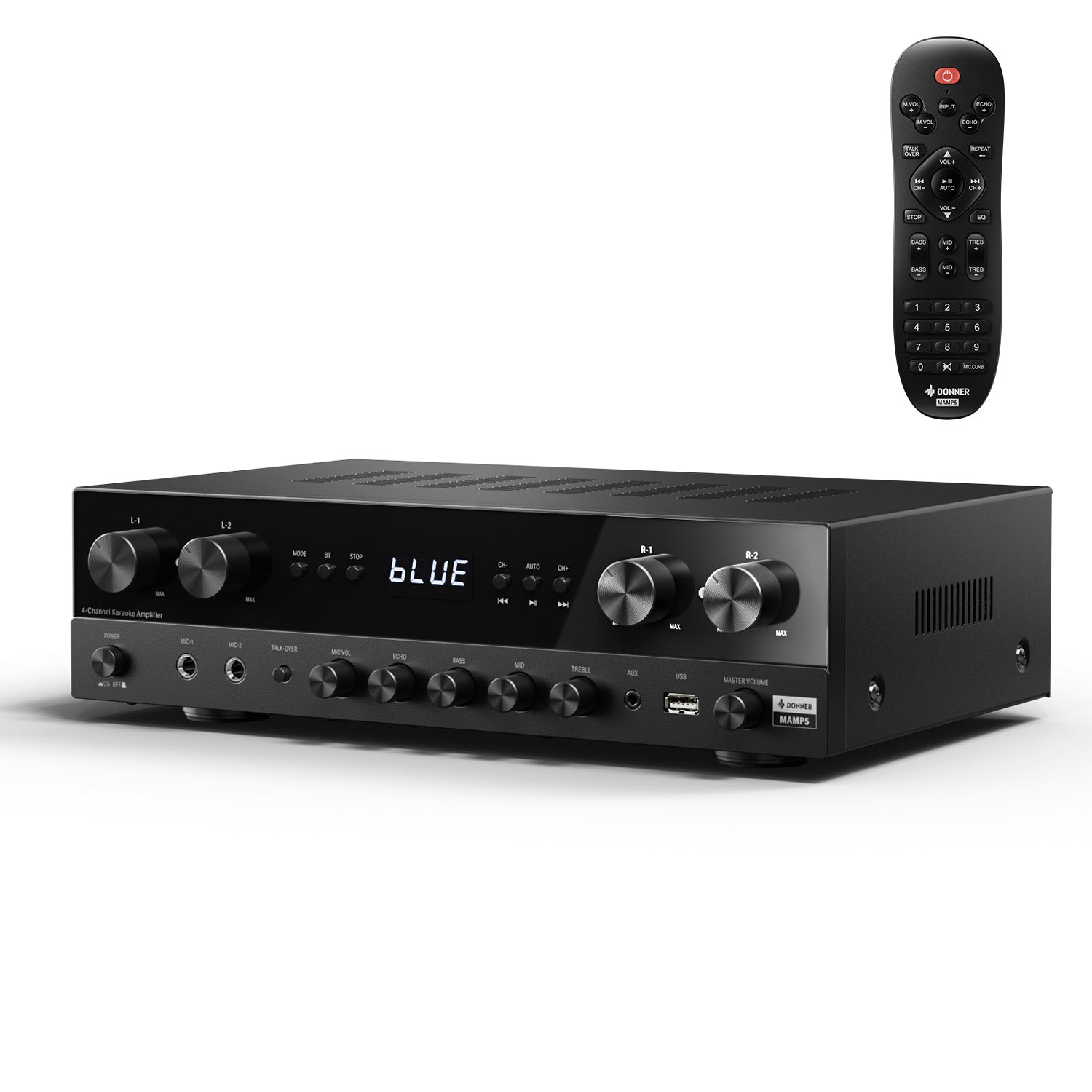




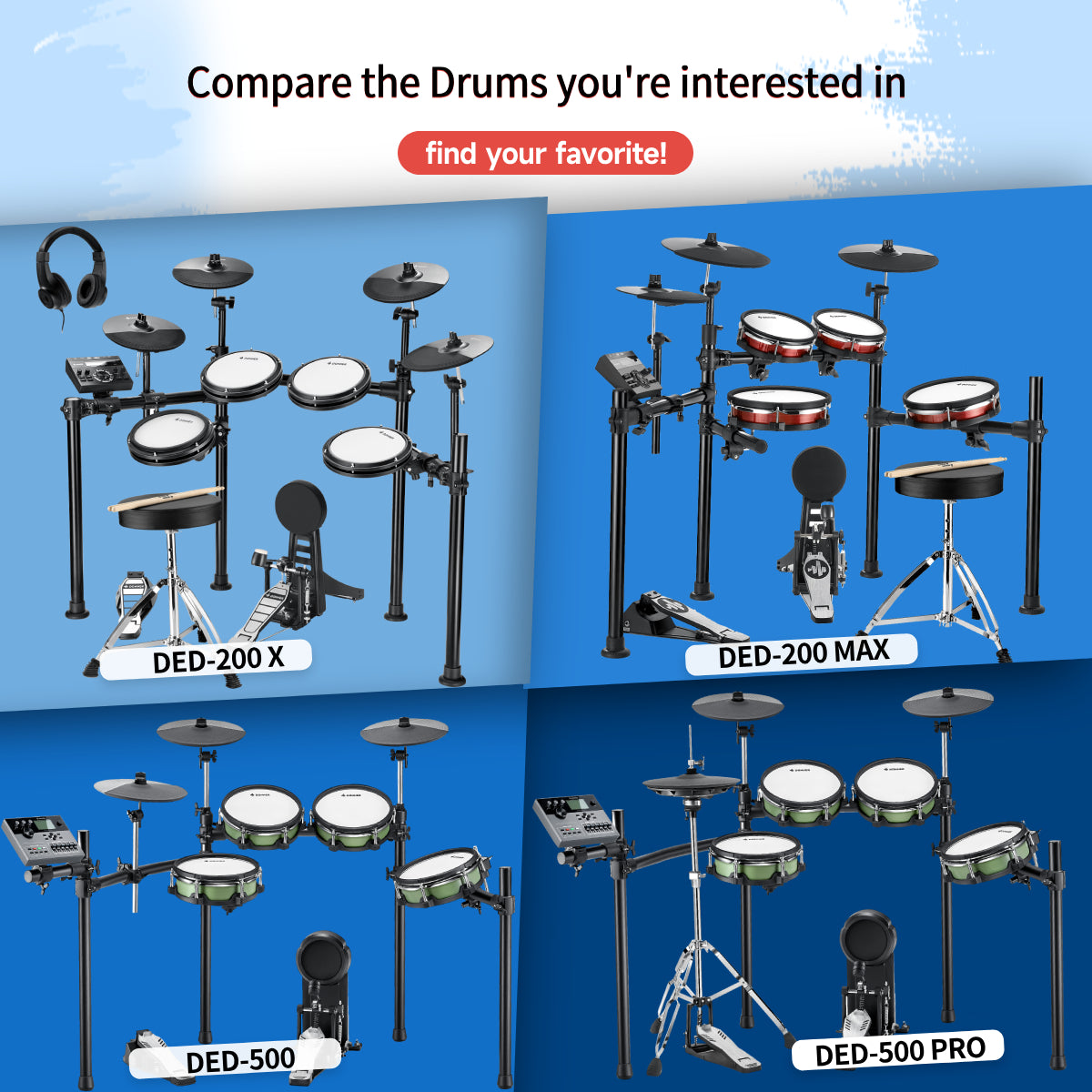






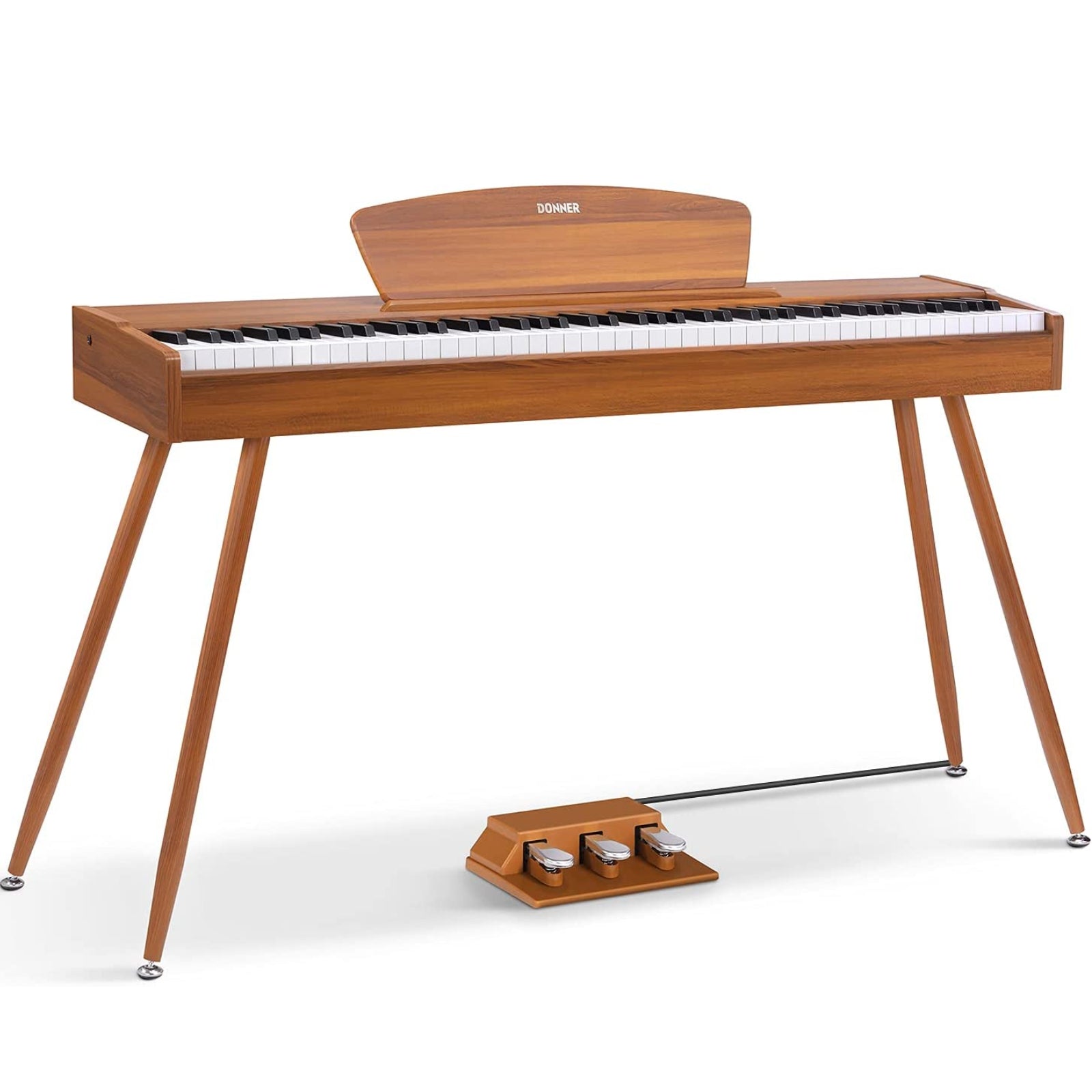



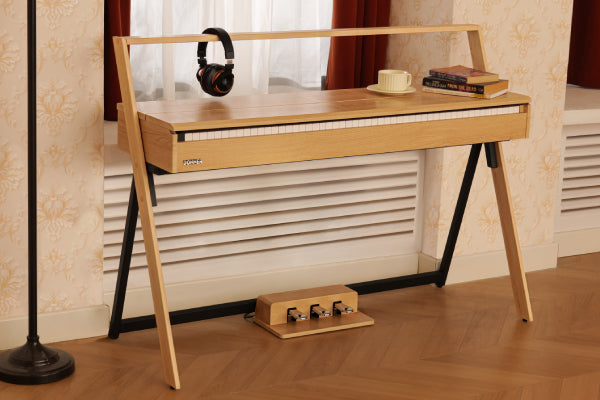
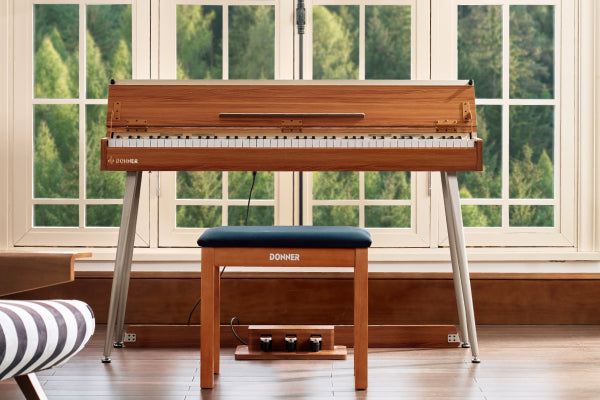





Leave a comment
All comments are moderated before being published.
This site is protected by hCaptcha and the hCaptcha Privacy Policy and Terms of Service apply.